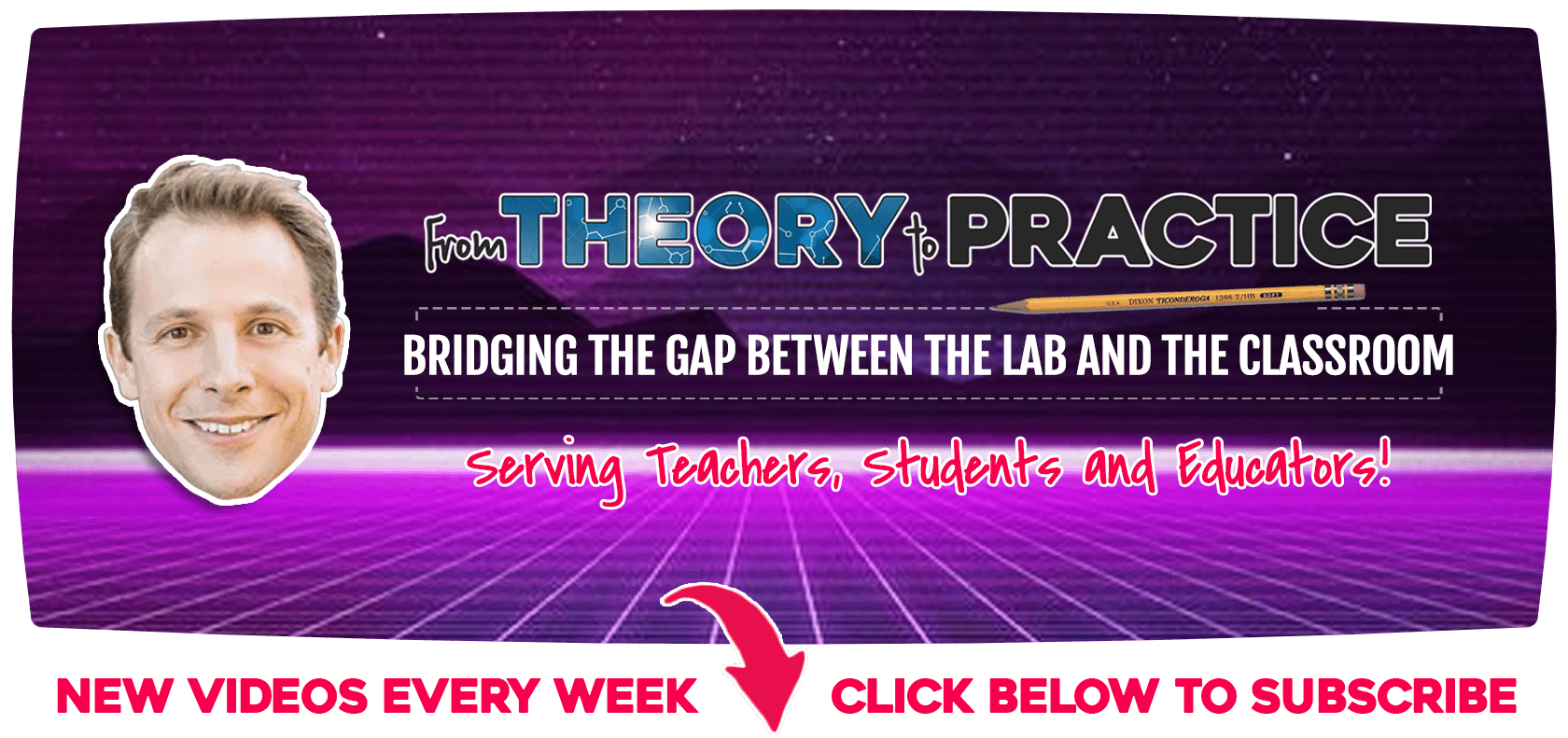
How Much Does Storytelling Help Learning?

Jared Cooney Horvath is a globally recognized Science of Learning expert committed to helping teachers, students and parents achieve better outcomes through applied brain and behavioral science.

The Same Old Story ...
Storytelling has long been a potent weapon in the hands of the effective teacher.
Stories offer the fastest path to connection. They are instant generators of interest, engagement and emotion. And perhaps better than any other tool, a story can brilliantly establish the context of a lesson and make students care about a topic.
But what about their effect on learning?
Sure, we know stories are good for directing attention and injecting life into an idea, but do they actually help us understand and retain new information?
In my newest From Theory to Practice video, I explore a piece of research that can help us answer this question:
The Effects of Introduction Type on Comprehension and Memory (Mensink, Kendeou and Rapp | June 2020)
Here are some of the items I tackle in this installment:
-
What is priming, and how does it influence the way we process and understand information?
-
We know stories are good for many things (directing attention, organizing ideas, etc.) but do they effectively serve learning and memory?
-
What are the two most common forms of narrative, and how well (or poorly) do they impact knowledge retention?
-
What are three strategic takeaways from this research that can help teachers across all contexts strengthen their pedagogical approach?
Give it a watch, and let me know what you think in the YT comments section.
And, as always, if you find this video valuable, interesting and/or entertaining, you can support us by liking, sharing and subscribing to our YouTube channel ;)
Regards,

Video Transcript
Hello everybody, and welcome to this week's From Theory to Practice, where I take a look at the research so you don't have to.
The article I've selected this week is called The Effects of Introduction Type on Comprehension and Memory by Mensink and colleagues.
Now, to understand this paper we first have to wrap our heads around the idea of priming. Simply put, priming says any ideas, facts, concepts or strategies that you already have activated in your brain will dictate how you understand, interpret and organize later learned information.
As a simple example, I want to play a quick game with you. So, on your screen I'm going to pop up a very common word -- a word I guarantee you know. Your job is to simply guess what this word is …
Click to view remainder of the transcript ...
Coming soon ...
Did You Enjoy This Post?
Help spread the idea by sharing it with your peers and colleagues ...

NOT ON THE LIST? Click below to join the LME Community ... and receive new Science of Learning articles from Dr. Jared Cooney Horvath every week!
You Might Also Like ...
Copyright © 2022 LME Global
6119 N Scottsdale Rd, Scottsdale, AZ, 85250
(702) 970-6557
Connect With Us
Copyright © 2022 LME Global – 6119 North Scottsdale Road, Scottsdale, AZ, 85250 – (702) 970-6557



